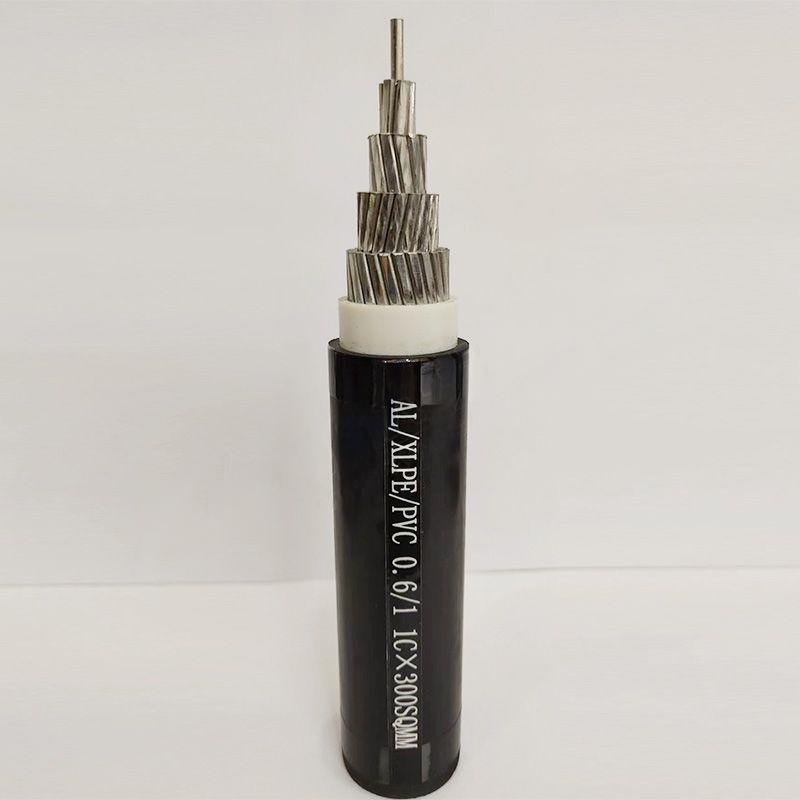10 月 . 13, 2024 18:13 Back to list
Understanding the Benefits and Applications of Rubber Expansion Joints in Various Industries
Understanding Rubber Expansion Joints
Rubber expansion joints are essential components in various piping systems, designed to accommodate movement, absorb vibrations, and mitigate stress caused by thermal expansion and contraction. They play a crucial role in industrial applications, ensuring the smooth operation of systems while enhancing longevity and safety.
What Are Rubber Expansion Joints?
Rubber expansion joints, often referred to as flexible joints, are devices made from elastomeric materials such as rubber or synthetic compounds. These joints are installed in piping systems to allow for flexibility under pressure and temperature fluctuations. Their primary function is to absorb dynamic movements and vibrations produced by pumps, compressors, and other equipment. This essential capability reduces the risk of damage to the piping infrastructure, which could lead to costly repairs or hazardous leaks.
Design and Construction
Typically, rubber expansion joints are composed of multiple layers of rubber material, sometimes reinforced with fabric or steel mesh for added strength. This layered construction allows them to withstand high pressure and temperature variations while maintaining their structural integrity. The design also includes flanged ends for easy installation and a variety of configurations, including straight, tapered, and elbow shapes to suit different piping layouts.
Key Features and Benefits
1. Flexibility The primary advantage of rubber expansion joints is their ability to flex and absorb movement. This flexibility is vital in systems where thermal expansion and contraction can occur, ensuring that the integrity of the piping system is maintained.
2. Vibration Absorption Industrial equipment generates vibrations that can cause wear and tear over time. Rubber expansion joints help mitigate these vibrations, protecting both the piping system and connected devices.
3. Noise Reduction Along with absorbing vibrations, rubber expansion joints can also reduce noise levels within piping systems, contributing to a more comfortable work environment in industrial settings.
4. Cost-Effective By preventing damage and wear caused by stress and movement, rubber expansion joints can significantly reduce maintenance and repair costs over time. Their longevity means fewer replacements are needed, making them a cost-effective choice.
rubber expansion joint

5. Chemical Resistance Many rubber expansion joints are designed to resist various chemicals commonly found in industrial environments, making them suitable for a wide array of applications, including water treatment, chemical processing, and HVAC systems.
Applications
Rubber expansion joints are used in a diverse range of industries. They are commonly found in
- Water and Wastewater Treatment Plants Here, they accommodate the thermal expansion of pipes and reduce vibrations from pumps.
- Power Generation In power plants, they help manage the thermal dynamics of water and steam systems.
- HVAC Systems They facilitate the flexibility needed in heating and cooling systems, allowing for easier maintenance and reduced operational noise.
- Chemical Processing Their chemical resistance makes them ideal for handling varied corrosive substances within the industry.
Installation and Maintenance
Proper installation of rubber expansion joints is vital to ensure optimal performance. They should be installed in accordance with the manufacturer’s guidelines, paying special attention to alignment and support to avoid excessive bending or twisting. Regular inspections should be conducted to identify wear, cracks, or any signs of failure.
In conclusion, rubber expansion joints are integral components in modern piping systems, providing flexibility, reducing vibrations, and ensuring the longevity of infrastructure. Their robust design and adaptability make them suitable for a myriad of applications across various industries, adding significant value to operations by minimizing downtime and maintenance costs. Understanding their function and importance is essential for anyone involved in the design and maintenance of industrial systems.
Share
-
Understanding the Differences Between Wafer Type Butterfly Valve and Lugged Butterfly ValveNewsOct.25,2024
-
The Efficiency of Wafer Type Butterfly Valve and Lugged Butterfly ValveNewsOct.25,2024
-
The Ultimate Guide to Industrial Swing Check Valve: Performance, Installation, and MaintenanceNewsOct.25,2024
-
Superior Performance with Industrial Swing Check Valve: The Essential Valve for Any SystemNewsOct.25,2024
-
Industrial Swing Check Valve: The Ideal Solution for Flow ControlNewsOct.25,2024
-
You Need to Know About Industrial Swing Check Valve: Functionality, Scope, and PerformanceNewsOct.25,2024